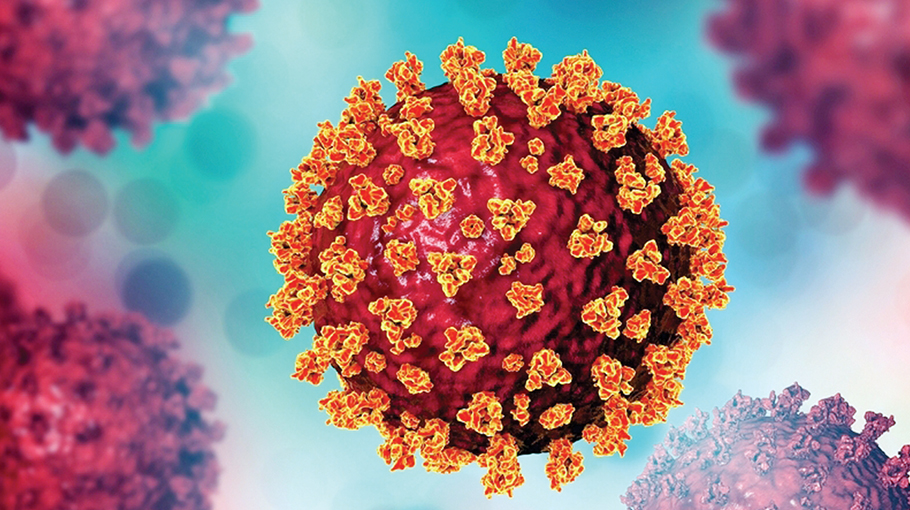COVID-19 disrupted progress on measles, rubella elimination Says WHO

The Seventy Seventh Regional Committee Session of WHO South-East Asia wrapped up with Member States adopting resolutions setting new targets for measles and rubella elimination, expanding the corpus of the regional health emergency fund and committing to adolescent responsive health systems.
“While regionally, we have made good progress on elimination of
measles and rubella, the COVID-19 pandemic did disrupt this progress. I am pleased the Regional Committee has resolved to revise the elimination target,” said Saima Wazed, Regional Director, at the closing of the Regional Committee session held recently in New Delhi.
The member countries agreed to extend the target for elimination of measles and rubella by the Region, aspiring to achieve by 2026, according to a message received from the WHO.
The resolution also endorsed the “Strategic Plan for measles and rubella elimination and sustenance in the WHO South-East Asia Region 2024–2028” for achieving and sustaining measles and Rubella elimination in the region.
Working against the earlier 2023 target, five countries of the region have achieved Measles and Rubella elimination.
At the WHO’s regional annual governing body meeting, the member countries agreed to treble the corpus of South-East Asia Regional Health Emergency Fund (SEARHEF) to US$ 3 million beginning 2026.
In addition to supporting lifesaving interventions during emergency response, the SEARHEF will also be strengthened to fill critical gaps in health emergency preparedness and capacities of countries.
The Regional Committee also endorsed the Ministerial Declaration on adolescent-responsive health systems that countries adopted at a ministerial round table earlier in the week.
The declaration calls for policies, resources and services tailored to the unique needs of this age group for a healthier and more equitable future for all.
The declaration emphasises on adolescent-responsive health systems as the crucial strategy to strengthen PHC-oriented health systems and achieve universal health coverage.
The committee reviewed the progress being made towards achieving universal health coverage and health-related Sustainable Development Goals as countries shared initiatives and reiterated resolve to accelerate efforts to achieve the global targets.
The three-day Regional Committee that ended yesterday discussed progress reports on previous resolutions including traditional medicines, strengthening health workforce education and training, and intensifying activities for dengue control and malaria elimination.
The resolution on decade of action to end viral hepatitis, HIV and STIs, universal access to people centered health care and services, progress and acceleration plan for non-communicable diseases and advancing health emergency preparedness and response in the Region were also deliberated upon.
Reiterating WHO Director-General Dr Tedros key tasks made in his opening address to the Regional Committee, Saima Wazed urged Member States to engage actively in negotiations for the Pandemic Agreement.
The Regional Director thanked member states for their generous commitment to WHO Investment Round and reiterated WHO’s continued support to accelerate public health across the Region.
“We are one team … with a unified vision - a vision which can benefit every living person on this planet. I am pleased to be among you in this noble calling, and in this noble endeavor of ours,” the Regional Director said.
During the Regional Committee, member states were felicitated for achievements and advancements in public health. Bhutan was awarded for achieving interim targets for cervical cancer elimination; India for eliminating trachoma; Timor-Leste for eliminating lymphatic filariasis; Maldives and Sri Lanka for Hepatitis B control in children.
Bhutan was also given an award for achieving SDG and global targets for reducing under-five mortality and stillbirth rates.
The Democratic People’s Republic of Korea, Indonesia, Maldives, Sri Lanka and Thailand were awarded for achieving the SDG and global targets for reduction of under-5 mortality, neonatal mortality and stillbirth rates.




